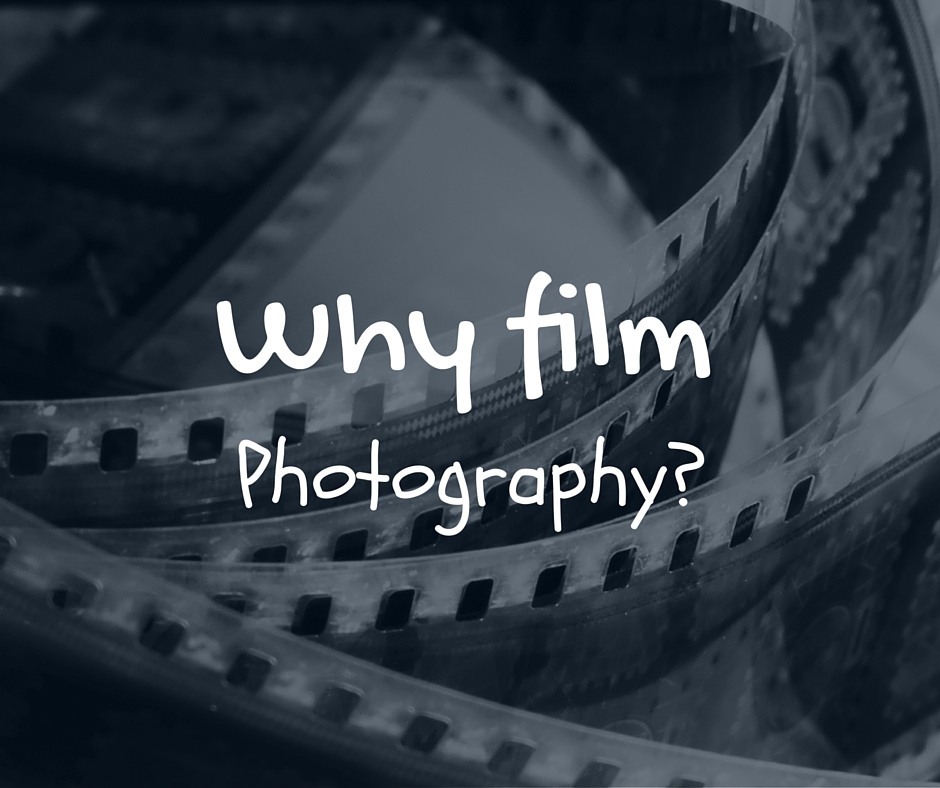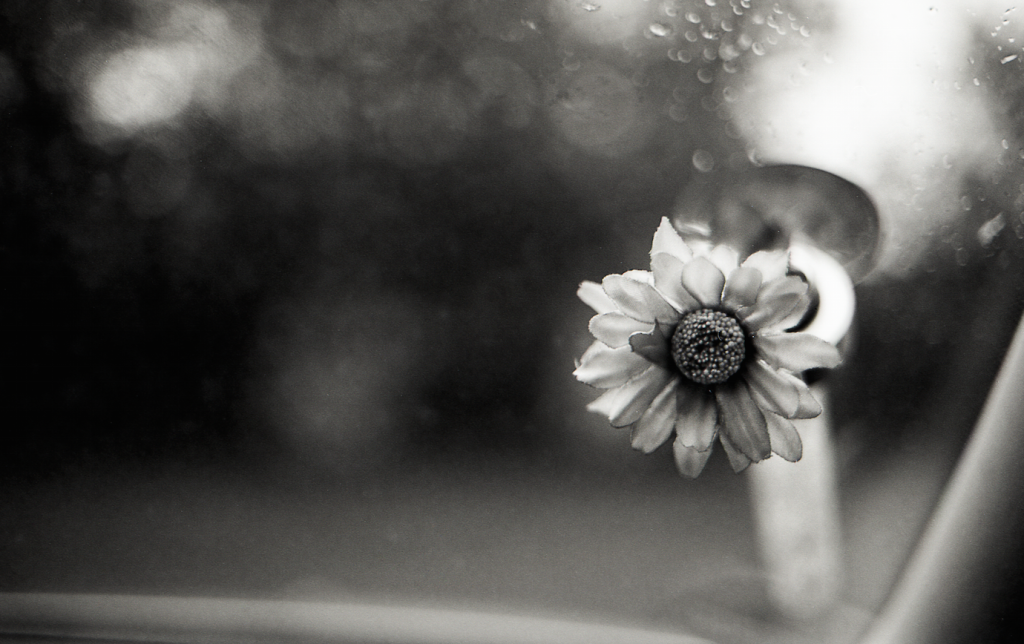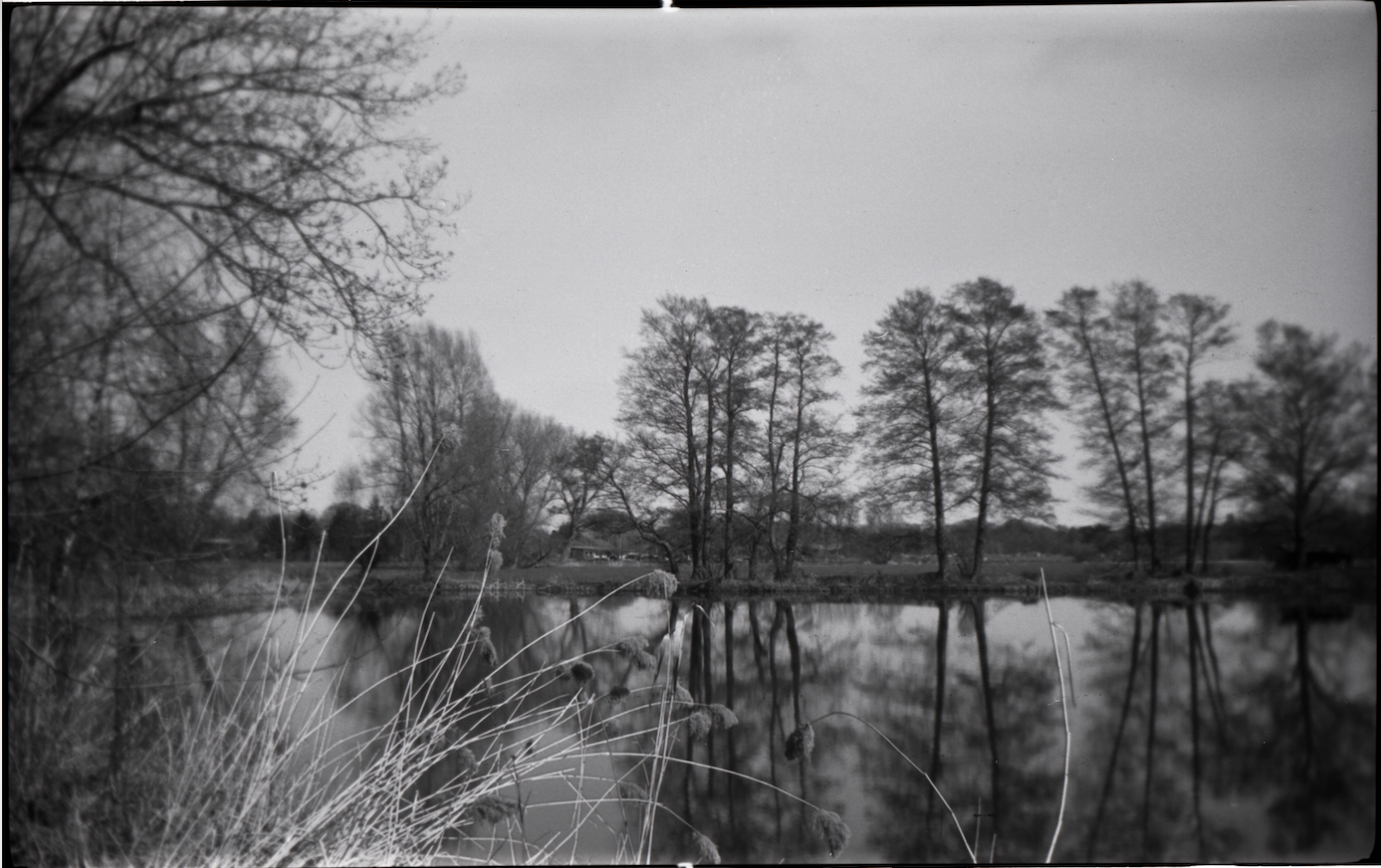
With film photography in particular, people often question why we’re using an “outdated” medium. Are we merely nostalgic? Or is it because being retro is trendy right now?
There are many people who are curious about our film photography. Nowadays, if you decide to work with analog methods, you sometimes need to explain yourself. Sometimes when you mention that you are taking photos on film, the statement is met with incredulity and triggers certain recurring questions. “What can you do with an analog camera that I can’t do with a digital one? Both just capture light—the only difference is, one does it with film, the other with a sensor.”
If you opt to use film and analog cameras, you do not just choose a different output medium or special aesthetics—you set the course for an entirely different process. What can you do with an analog camera that you cannot do just as well with a digital one? Both capture light, true, but the difference between film and sensor is significant.
It’s a far greater difference than two differently colored buckets that hold water in the same way. When working with film, you’ve made decisions (before any light even hits the film) that have a considerable impact on the end result of the photo. It starts with the choice of camera—its particular format, its features that might affect the picture, and its technical possibilities and limitations.
Then comes the decision about the film, depending on how much and what kind of light and contrast you can expect at the location where you are going to shoot, and how both can be used to create impact. The emulsion characteristics of the different brands of film can influence the resulting image just as much as the developer you are using. Ambitious film photographers like to have options, and they decide before the photo tour on a combination of film and developer that they expect will support the desired message of the picture or subject they are shooting.
You can also play around with developer temperature, tilt rhythm, and so on—and that’s just in terms of the development of the film. You haven’t even been in the darkroom yet. This is an important and fascinating aspect of film photography: the enormous creative potential offered by the different combos of camera, exposure, film, and developer—particularly with black-and-white film.
With digital photography, there are many decisions you can only make during post-processing. With film photography, you have to decide in advance. Otherwise, many creative ideas will never see the light of day. The key to working creatively lies in making the right decisions about processes concerning technical factors. Of course, you can make it a rule to only expose films at their nominal film speed and then have them developed in a lab with any developer in a standardized process. Then you can take the result as it is and simply enjoy what you get. But it is much more exciting to explore the settings and parameters that expand the photographer’s options of expression to an almost unlimited extent.
The process of shooting, from manual light metering to focusing to manually winding the shutter, can be completely irrelevant to you depending on the camera type you use—but that means you miss a chance to learn more about this process. The example of the analog large format makes it impressively clear how many steps of the whole process any modern 35mm or medium-format camera does for you.
If you can manually focus instead of leaving it up to some autofocus area, you will be forced to think more about the subject and the elements that are really important to your picture. The same applies to the exposure: where and at what angle do you measure the light if you don’t have access to matrix or multi-zone metering with a connected in-camera database, and are brandishing an old light meter from the flea market?
Hands-on experience with the camera helps you gain a better understanding of photography, which will be reflected in the resulting photos sooner or later. This deeper knowledge is certainly no guarantee for award-winning works, but the creative potential of analog processes is an area where you can dive into your hobby and leave the daily routine behind.
The images below are from The Film Photography Handbook: Rediscovering Photography in 35mm, Medium, and Large Format by Chris Marquardt and Monika Andrae



View The Film Photography Handbook by Chris Marquardt and Monika Andrae–coming April 2016!
